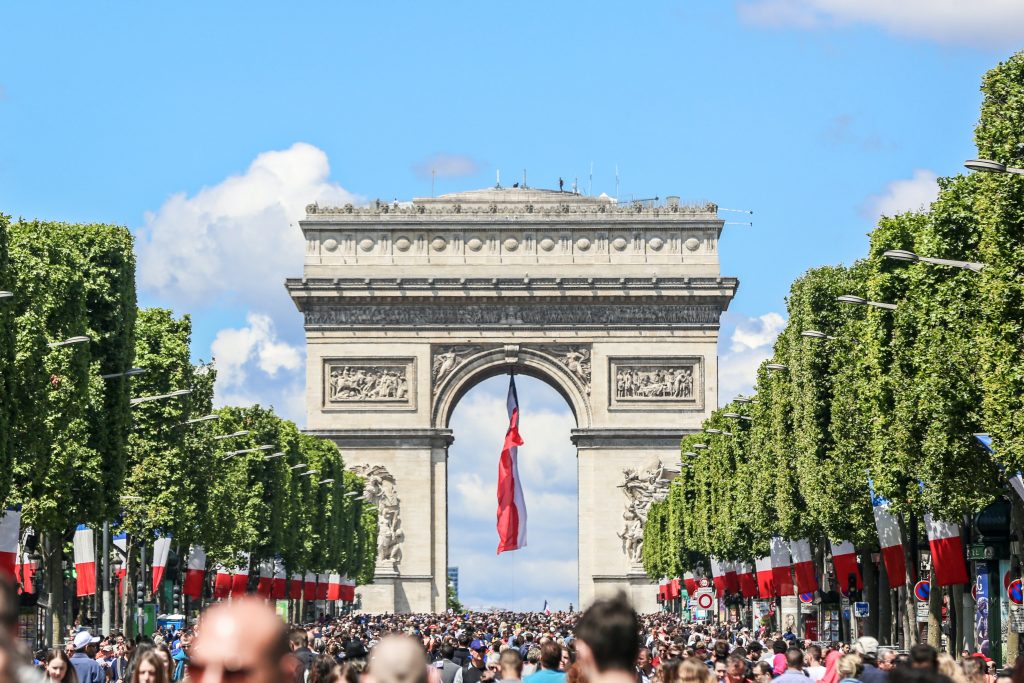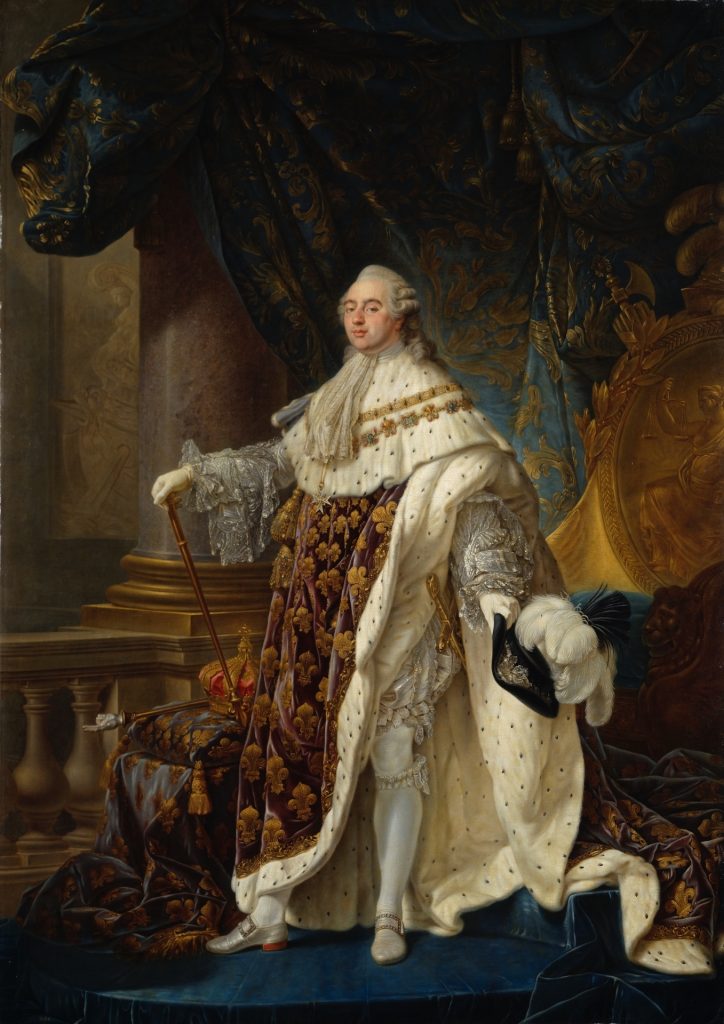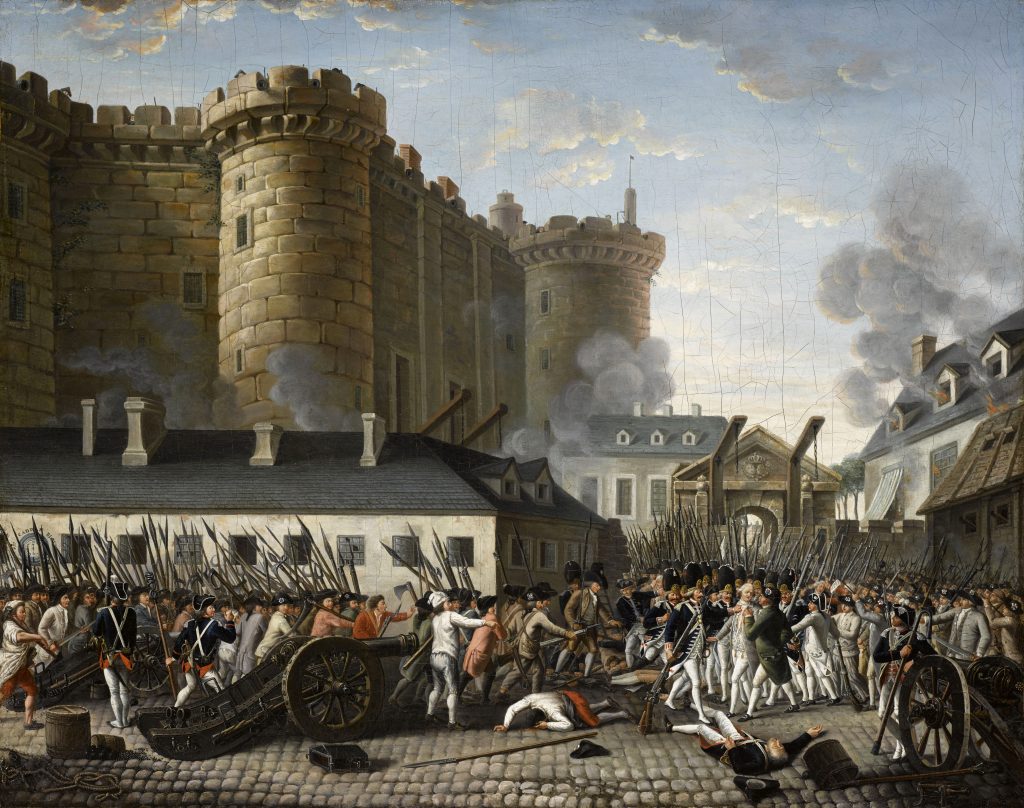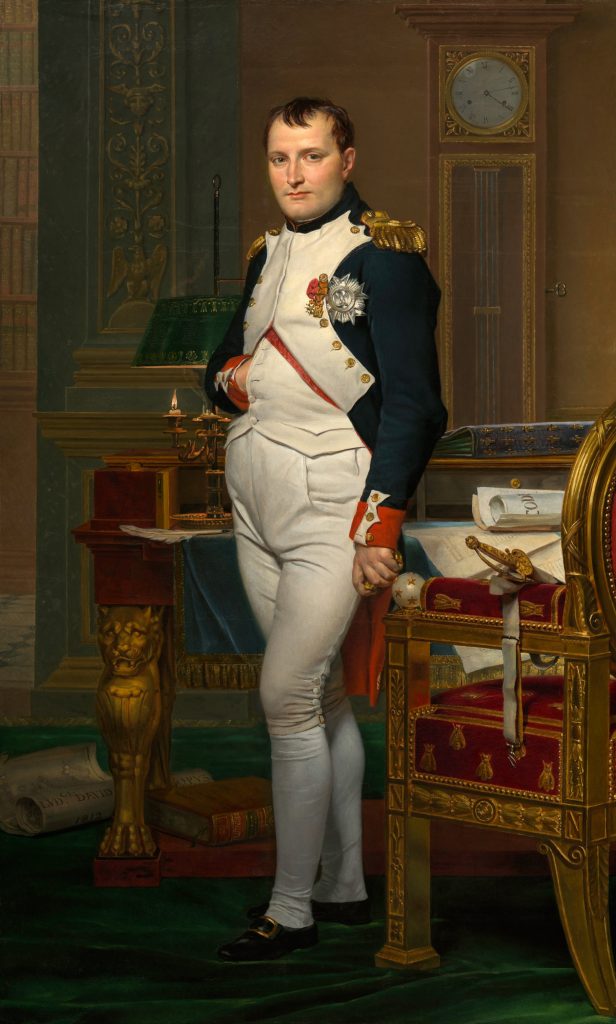Why celebrate Bastille Day?
French National Day, also called ” Bastille Day” on July 14th was declared a national holiday in 1880. Today, military parade on Champs-Élysées in front of the Arc De Triumph celebrates Bastille Day. Proceeding the parade is a huge firework show and outdoor music festival in front of the Eiffel Tower. Bastille Day is one of the oldest traditions in France and is still celebrated in numerous parts of the world.
The storming of the Bastille represented the weakness of the French monarchy and paved the way for a more democratic France. The celebrations of the French Republic started as feasts however, in 1880 the third republic wanted to revive the holiday.

What happened in 1789 in France ?
The French Revolution was a major turning point in French history that began in 1789. During this period many French citizens turned away from the cultures and norms that were common in the 18th century and shifted their political landscapes. In doing so, the French uprooted the century-old monarchy and altered the political landscape in France forever. The Revolution helped shape democracies by showing the importance of the power of the people.

What caused the French Revolution?
At the end of the 18th century, France was on the verge of going bankrupt because of Louis XVI’s spending and France’s involvement in the American Revolution in 1765. After years of poor harvests and skyrocketing prices, the urban poor got fed up and started rioting . An assembly representing the middle class gathered together and proposed a universal tax for everyone.
The assembly was known as the Estates General, a meeting took place in May of 1789. Delegates from each estate compiled a list of grievances to present to the King. However, the third estate consisted of about 98% of the population, the others could outvote them. The first estate consisted of the clergy who were priests and ran parts of the country. The second estate consisted of members of the royal family, not including the King. The third estate, mostly peasants and farmers, were not happy with their representation. Leading up to the meeting the third estate began to mobilize.

Creation of the National Assembly
Still with no change in the representation the third estate met alone and adopted the name, the National Assembly. The National Assembly then took the Tennis Court Oath, vowing not to disband until reform and better representation had been reached. Soon after the creation of this assembly, members from all classes joined and began to work together on a new constitution. Fear and violence began to consume the capital and a wave of hysteria flooded the entire country. On July 14th, 1789 rioters stormed the Bastille attempting to get their hands on the gunpowder and weapons being stored there. This episode marked the beginning of the French Revolution.

What are the first changes of the French Revolution?
After the storming of the Bastille, in late August, the assembly adopted the Declaration of the Rights of Man and of the Citizen which was set to replace the old order and allow freedom of speech, sovereignty, and a representative government. These ideals derive from Enlightenment ideals from thinkers such as Jean-Jacques Rousseau. Many questions arose once the constitution was drafted such as, “Who would elect the delegates” and “How much authority would the King have.” The compromise of a constitutional monarchy did not sit well with some French radicals who began racking up support for a more republican form of government. France wanted to spread these revolutionary ideals of warfare across Europe. The revolution took a radical turn when a group of Jacobins attacked the royal residence and arrested the King, Louis XVI.

The end of French Monarchy
Years later, the assembly sent both Louis XVI and Marie Antoinette to the guillotine for their execution. After the King’s execution, the revolution was at its most violent peak and France was at war with several European powers. This period of violence throughout France called the “Reign of Terror,” where suspected enemies of the revolution were guillotined by the thousands. Finally, in 1795, the National Convention approved a new constitution. Power would lie in the hands of a five-member directory, which became France’s first Bicameral legislature. Many Jacobins and Royalists protested this new regime however they were quickly silenced by an army led by Napoleon Bonaparte.
The end of the Revolution and the beginning of Napoleon
In 1799, frustrations with the directory grew. Napoleon then scheduled a Coup D’état abolishing the directory. He proceeded to appoint himself as the “first consul.” This event signified the end of the French Revolution.

If you are interested in learning more about the French Revolution check out our Revolution tour. During the tour, you will walk the very steps of Queen Marie-Antoinette & Robespierre, and understand how French society worked at the time. You can also check out our Napoleon tour. Where you will understand the military genius of a man who became general at age 26 and discover his personal ambition and tactics that were way beyond anything known at the time.
If you want to book a tour with My Private Paris : click here.
Article written by RoseAshley







